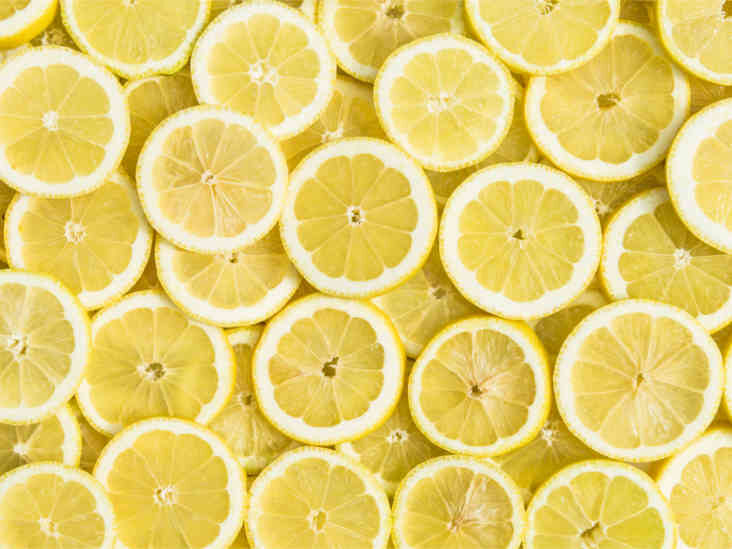The acidic lemon suddenly turns alkaline (basic) in the stomach. Lemons are naturally acidic; this is a fact that cannot be refuted. And if you have any doubts, just bite into a lemon, and you’ll be convinced. This occurs because citric acid is a component of lemons. Ingesting a lemon, however, seems to change its pH from acidic to alkaline.
When does this start to occur? The key is to break down the lemon’s acidity. After being digested, these acids should be oxidized by your body to leave behind alkaline residues like carbonates and bicarbonates. Remember that the soil in which the lemons were grown greatly affects their alkaline nature.
Yes, you are correct. When comparing lemons grown in different environments (one in nutrient-rich soil, the other in nutrient-depleted soil or on a substrate), it’s important to keep in mind that their chemical make-ups will be different. In a similar vein, fruits that are selected “green” before they are fully ripe are often more acidic than their fully ripe counterparts.
Although many people believe that eating acidic foods will make the body more acidic, this is not always the case. Citrus juice, specifically lemon juice, has a pH of 2.4. However, the kidneys are under relatively little acidic stress. As a result, lemon juice may be used to neutralize acids. The PRAL value is used in the calculation of this acid load.
Both alkalizing and acid-forming foods are included in the food pyramid. Grain products and protein-rich diets, in particular, contribute to a pH imbalance. The degree to which they acidify depends on the proportion of sulfur amino acids to phosphorus. Greens such as fruits, vegetables and salad provide primarily bases.
Our bodies break down every morsel of food we consume. These foods’ ability to create bases or acids is measured by the PRAL index. “Potential renal acid load” is abbreviated as PRAL. This score thus represents the kidneys’ exposure to acid. Generally speaking, the greater the number, the more acidic the food. The meal has an alkalizing impact if the value is negative. You’ll discover a ranked list of alkalizing foods and an inversely ranked list of acidic foods at the end.
The PRAL index is used to determine the relative acidity or alkalinity of dietary items. However, testing the pH of urine and stools after digestion is not a particularly convenient way to determine if a meal is acidifying or alkalizing.
Research Institute for Child Nutrition in Dortmund, Germany’s Thomas Remer, an expert in acid-base balance, has created the PRAL index. The acid load of a food is assessed using this index, which is expressed in milliequivalents (mEq).
You may examine the PRAL table of foods, where you will discover, among other things, that lemon juice has a basic impact with a possible renal acid load of -2.5 meg/100 g.


